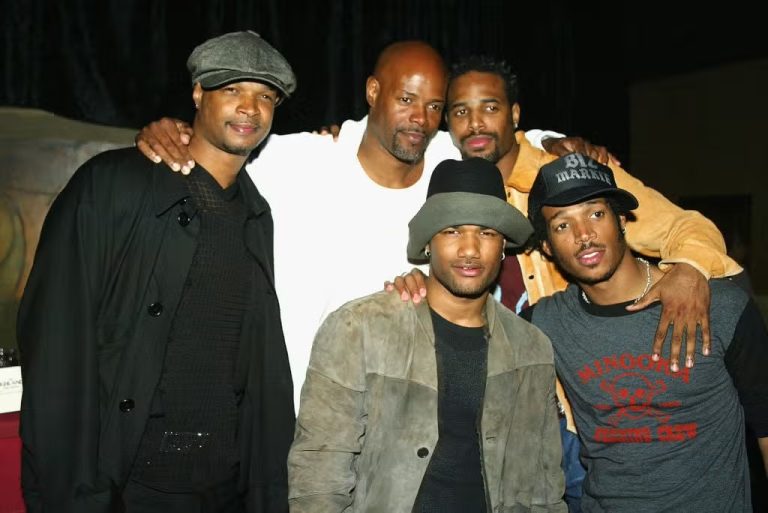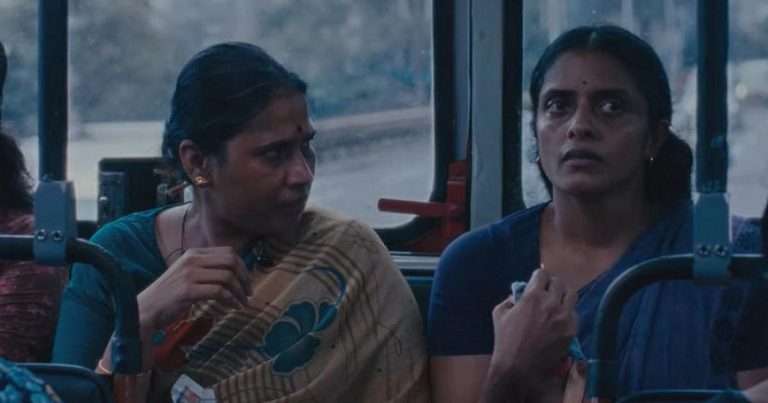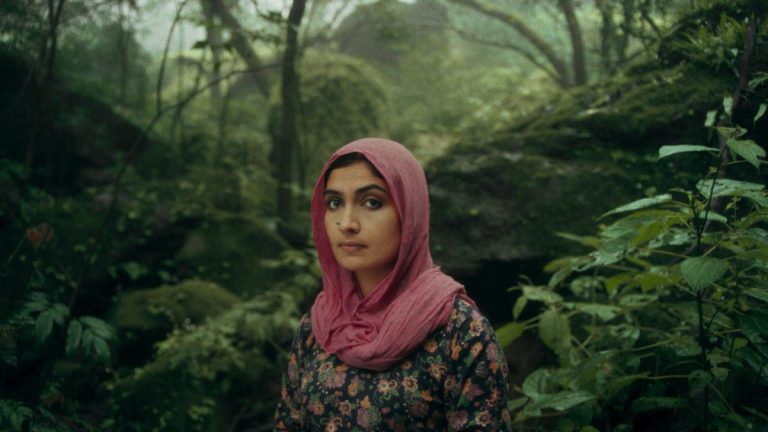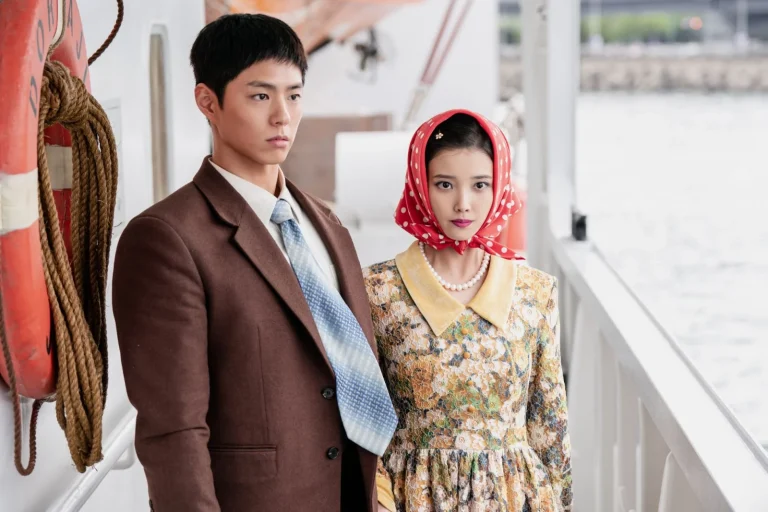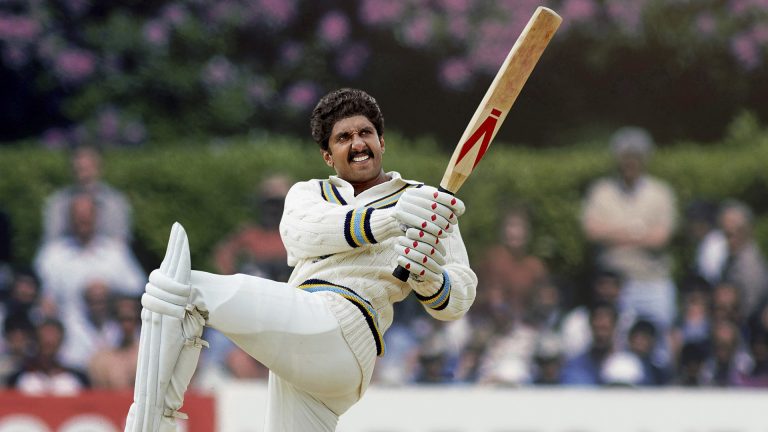In the past couple of months, “Wicked” (2024) has garnered global admiration, landing it multiple award nominations including Best Picture for this year’s Oscars. The film is an adaptation of the beloved musical that remains on Broadway to this day. We haven’t seen the nation be this excited about a musical since Lin Manuel Miranda’s “Hamilton,” which made its Broadway debut in 2016. While “Hamilton” had overt themes of the American dream and socioeconomics, the motifs in “Wicked” take on a more fantastical image that can make the morals appear very surface level and palpable.
One of the reasons this story is so beloved is because many people can identify with the lessons and characters. “Wicked” acts as a prequel to “The Wizard of Oz,” where we explore the friendship between Glinda the Good Witch, and Elphaba the Wicked Witch of the West. The story dismantles the long-lived archetypes of the two witches, revealing their true intentions and desires. Glinda is adored by everyone around her and receives admiration simply because of her social standing. She exhibits no magical abilities and is soon humbled when she realizes Elphaba possesses the talent she wishes she had. A natural rivalry occurs, and it soon blossoms into a friendship where they eventually both take a journey to explore the wonders of Oz together.
The general metaphors are straightforward; don’t judge, treat everyone with kindness and sometimes those that are ostracized the most have more to offer. Again, part of the movie’s success is that these are morals that can be applied to almost any person or group that is deemed “different.” Upon deeper reflection, however, you may notice that once you view this film through the lens of race, the parallels between the history of racism in the U.S. and the social climate of Oz are undeniable, specifically, the Jim Crow era. This period of American history took place roughly from the late 1800s to the mid-1960s. During this time, there was an overwhelming belief that white Christians were the chosen and pure ones while Black people were believed to be inherently inferior. There was legislation in the form of Jim Crow laws that unfairly enforced regulations positioning Black people as the enemy.
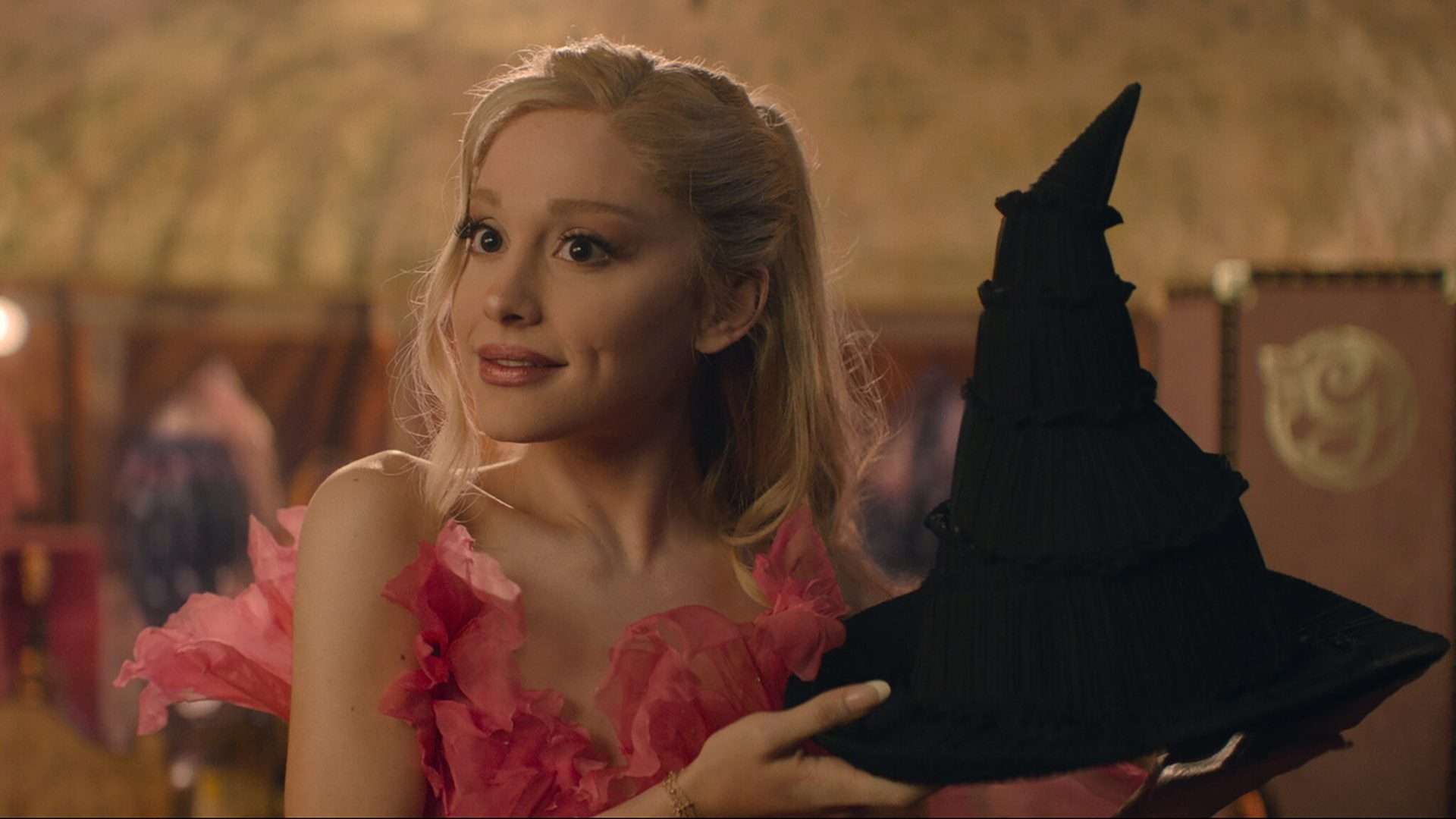
As a main character, Elphaba’s discrimination isn’t taken to the full extent, or else her story would have too many restrictions and there would barely be a plot. Instead, like many Black people throughout history, we see her navigate the world being rewarded with some opportunities but not without great resistance from those around her. The most obvious identity trait she’s discriminated against is her green skin color. It acts as the strongest visual indicator that she is different, much like how Black people’s skin tone was believed to indicate an unruly nature amongst white people. A sense of comradery is formed around collectively hating Elphaba, the same way white people have historically formed a united front against black people.
Elphaba’s presence alone elevates Glinda’s admiration, which the students at Shiz University partake in by comparing her beauty to their perception of Elphaba’s ugliness. During Jim Crow, the belief that black Americans were a direct threat to White Christians, was not just easily perpetuated by the deeper skin tone. They drew attention to traits Black people had such as facial features and hair texture, to taunt and dehumanize them. One of the ways they processed this hatred was through exaggerated portrayals and caricatures of black people via minstrel shows and public flyers.
Also Read: 20 Best Movie Performances of 2024
This is not unlike the tactics used for Elphaba’s villainization. In the opening sequence of the movie when Glinda shares that the Wicked Witch of the West is dead, banners are flown in Munchkinland with illustrations that are supposed to resemble Elphaba. She has a cartoonishly villainous expression with her eyes colored beastly yellow, and her hands positioned like a clawed animal ready to attack. The brilliance of this movie and the casting is that this is the audience’s first introduction to her; one of malice and ugliness, but when we meet Elphaba, she’s played by the beautifully altruistic Cynthia Erivo.
During her reveal, her face is adorned with freckles, her eyes an attractive green, and her hands pulled too firmly to her side to signify she doesn’t intend to get in anyone’s way. Of course, her peers in the movie don’t view her this way and fixate on her differences. Once they are given a push to attack Elphaba by Madame Morrible, the true ugliness is manifested in the form of the public’s hatred. This shift in intensity is largely due to the discovery that Elphaba was more powerful than The Wizard and she planned on exercising her power through her own autonomy. This is one of the things racists in the Jim Crow South feared amongst blacks. If black people were humanized and positioned as equal, there was concern that this would challenge the superiority of whites.
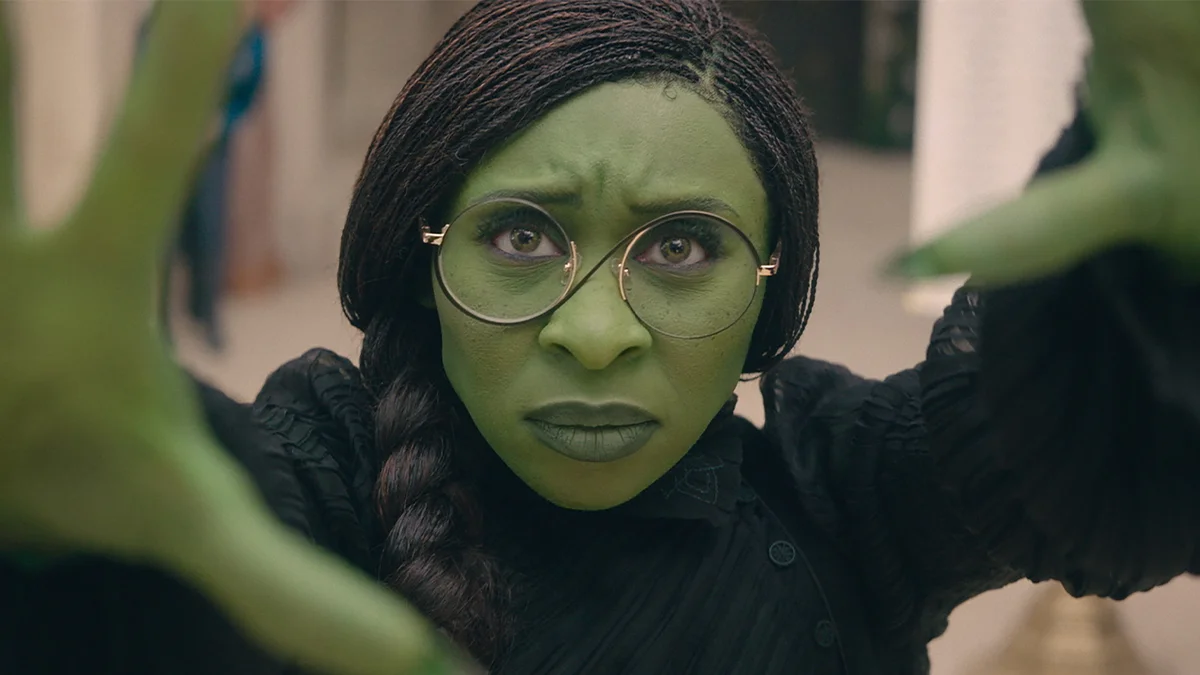
Aside from minstrel shows and cartoons, a grimmer form of entertainment that white Americans participated in was celebrating the death of black people. During the movie, the munchkins bring out a giant wicker figure that is meant to represent the Wicked Witch and burn it – a strong image as they dance around the fire and sing about how her death is nothing but justified. It was reminiscent of the way Americans would capture innocent black people and watch their lynched bodies burn, a practice that would involve people cheering because the communities felt justice was being served, and peace restored.
“Wicked” has a powerful and effective story surrounding how easily false narratives can be formed to convince people they’re in the right. Even in watching someone suffer and die, the public was conditioned to believe that it was positive and should be applauded. One of the main takeaways from “Wicked” is just because something seems celebratory and brings people together, doesn’t mean it’s morally right.
The Wizard was right when he said nothing brings people together like a good enemy. We can easily get caught up in the euphoria of feeling like we are defeating the bad and making the world a better place that we don’t see it necessary to stop and question the legitimacy of our circumstances. The thought of giving ourselves a happy ending makes it tempting to achieve it by any means necessary. “Wicked” reminds us that everyone has a story, and those stories deserve to be told. When we take the time to understand someone else’s motivations, we begin to rethink who the true villains are.


